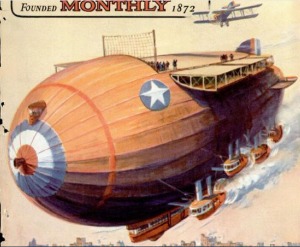Phantom Time? New Chronology? Missing Dark Ages?
No, the problem to which many are prone in historical fiction writing, that what is around today was around in the past, just with brass ornaments. Many seem unwilling to say, “There wasn’t anything like this back before the digital revolution.”
This is a thought pattern entwined with the *Your Friends in Funny Clothes* flaw. It’s the anachronism of assumption, like “There have always been houseplants” or “Nice people were never racists, let alone classists.”
This is most likely to show up in Near History settings, but sometimes the 19th century. Someone wants to transfer an activity or a personality type (the friend, being re-dressed) back from the present. Rather than researching what people were like or what they did, the inept research-avoider grabs what they think applies, based on wrong assumptions. Which is usually based on lack of knowledge of the target time, or anything in between.
Take — the Internet.
What, before WW2, would have been the equivalent of the person who lives on social sites, forums, and chat rooms?
I don’t have to make up this answer. On one forum thread, a group decided “of course” that the equivalent, before radio, of the Internet, must have been telegraphy.
It’s so obvious! It’s electrical/electronic, and reaches all over the world, and so those kinds of people must have learned Morse and chattered to strangers on the wires all the time.
No. Just no. It’s not even wrong.
See, they had jumped some gaps in their knowledge, and landed in nonsense up to their earrings.
Read the rest of this entry →







